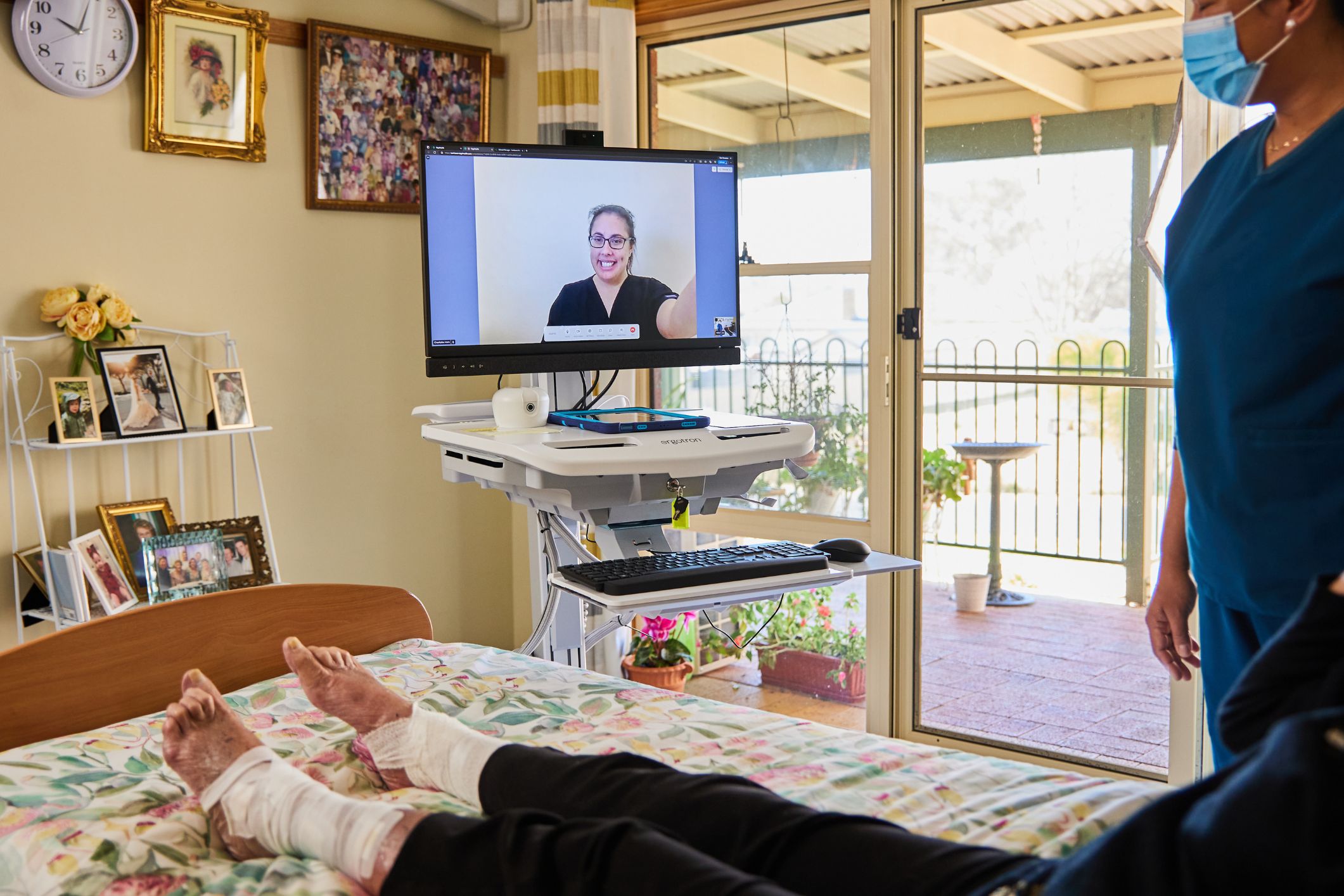
Ageing Australians living in rural and remote areas are among the most disadvantaged when it comes to accessing aged care and healthcare services. A combination of limited local resources, high demand and the increasing cost of living means close to one-third of older Australians are unable to consistently source critical specialist services.
With no short-term solution in sight, particularly for overcoming aged care workforce shortages, one of the industry’s own providers – McLean Care – has taken it upon itself to launch a virtual workforce solution providing instant access to clinicians and specialists.
Key points
With such stark health outcomes for older people living in rural and remote areas, technology was an essential tool to help bridge the gap of workforce shortages and the provision of healthcare services. This reason, among many other factors, led to McLean Care’s development of iAgeHealth, a virtual multidisciplinary clinical hub that raises the bar for clinical assessment and treatment options in regional, rural and remote areas.
According to McLean CEO, Sue Thomson, it is the first telehealth service designed by the industry, for the industry.
“Older persons should have access to care and services they need to keep well, regardless of their geographical location. One in three Australians live in regional, rural, and remote communities and have poorer access to health services, poorer health outcomes, higher levels of disease and lower rates of life expectancy,” Ms Thomson explained.
“A big reason behind these outcomes is the inequity of services available.
Accessing healthcare services, even when living within an aged care setting, has never been harder. As revealed in a case study provided by iAgeHelth, one 28-bed home in western New South Wales had one Registered Nurse who had graduated two years ago, a General Practitioner who visited the 2,500-strong town every six weeks and pre-scheduled physiotherapist visits every six weeks.
The nearest hospital is 200km away and it does not offer any rehabilitation or allied health services.

Limited healthcare services would be a challenge for anyone – some rural residents have waited up to 12 weeks to see a GP – let alone an 82-year-old resident who fractured her hip following a fall.
However, trial results led to significantly reduced wait times and full assessments from a physiotherapist, occupational therapist and dietician who are otherwise physically inaccessible to the provider. With RNs on call 24/7 and virtual wound care support also available, there were vastly improved outcomes for the resident as she regained independence, avoided infection and pressure injuries, and returned to external social activities.
“We regularly hear reports from within the aged care industry that older people in residential aged care can wait more than two weeks to see a physiotherapist. With this new technology, a remote physio can assess and treat older people within 24 hours, particularly in urgent cases such as after a fall,” Ms Thomson added.
A resident in another residential aged care home with similar care constraints experienced a Class 2B skin tear on her lower leg and a Stage 2 pressure injury. But with their RN only available four hours per week, the local doctor available every one or two months, no local paramedic access and the nearest hospital 240km away, the risk of infection and worsened outcomes were high.
Virtual healthcare offered immediate access to a round care clinical nurse specialist who supported the aged care workers on site, and the daughter of the 86-year-old resident was ecstatic over the results.
“I couldn’t believe this type of technology was
available in rural NSW. I really appreciated
being included in the virtual consultation and
being able to ask the clinician questions,” she said.
“I am so grateful that mum has
access to this level of specialist clinical
support.”
Ms Thomson reinforced that the program does not replace the physical workforce in any way; rather it supplements shortages, particularly when a nurse calls in sick or a graduate RN requires additional support for more serious care.